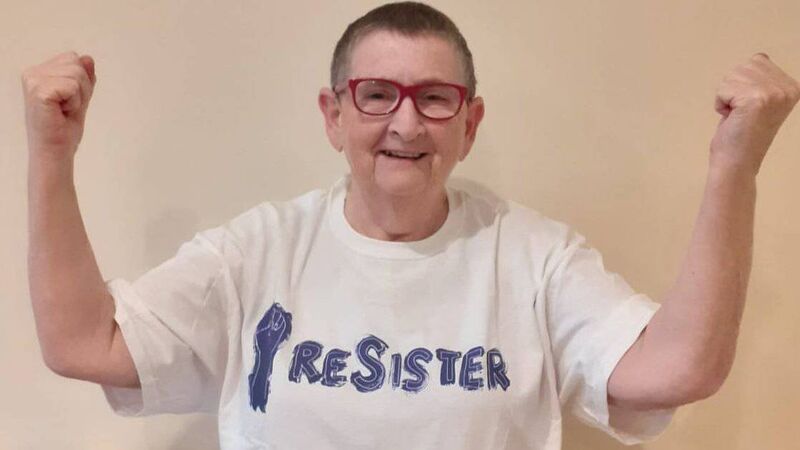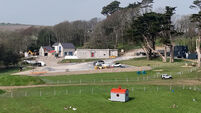Clodagh Finn: Redress schemes show that State values property more than people

Mary Harney - Mother and Baby Home survivor - who was one of many who had been forced along a path that demands the kind of insistent tenacity that would wear down so many others. Photo: Fiona Sugrue-Ward
When the details of the updated mica redress scheme were first announced a few weeks ago, I was struck to hear Housing Minister Darragh O’Brien speak with such empathy for the people affected.
He spoke of “the torrid time” they had while facing the unimaginable stress of living in crumbling homes. Then he said, not once but twice, that the Government was committed to helping its own citizens rebuild their lives. He was at pains to make that point.














